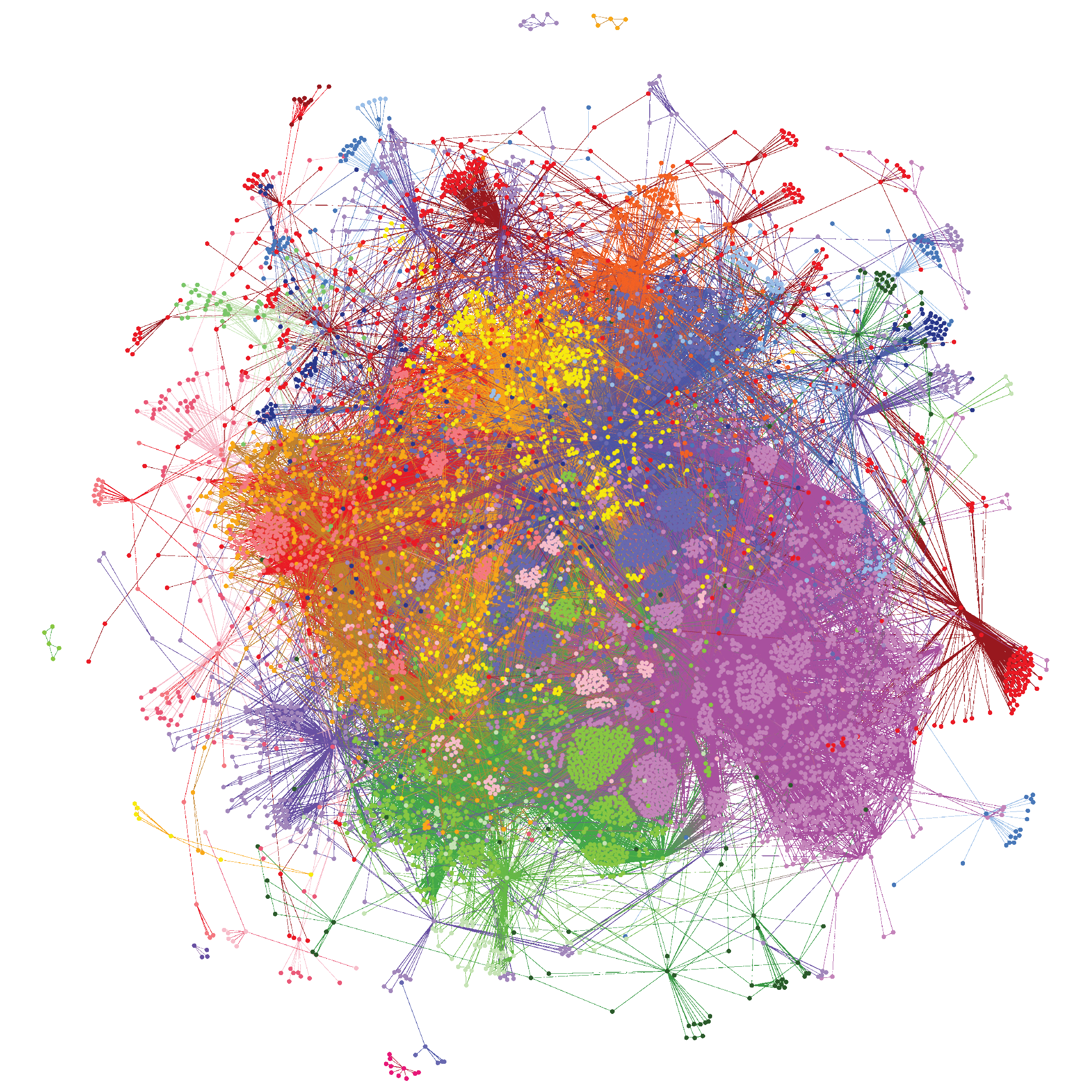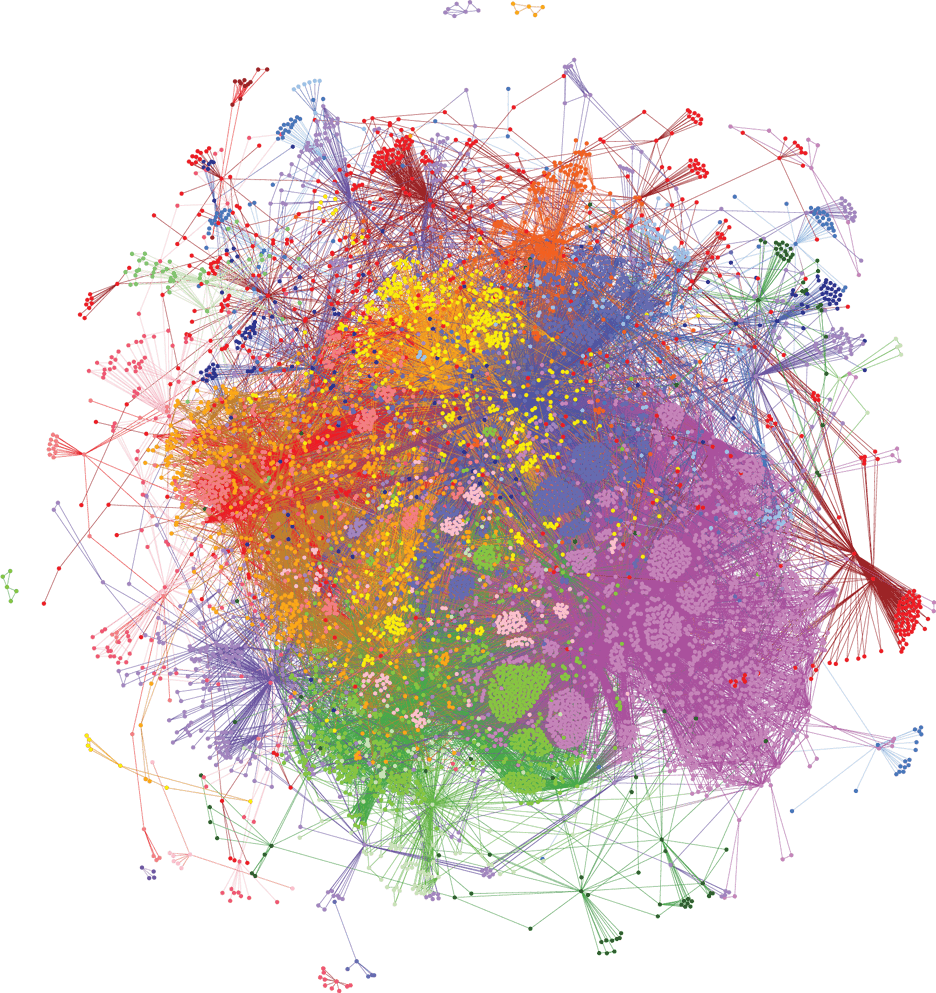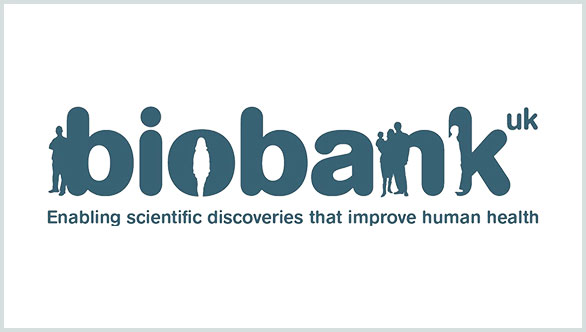Overview
Schizophrenia is the most common psychotic disease, hypothesized to be caused by altered neurotransmission and neurochemical imbalances. Standard antipsychotic medications form the basis of most patients’ treatment regimens, but as many as 30% of patients are classified as treatment resistant.
We analyzed genotype data from 823 patients diagnosed with schizophrenia from the UK Biobank, and performed high-resolution patient stratification. Our combinatorial analytics generated 186 disease associated combinations of single nucleotide polymorphisms (SNPs), which clustered to form five different patient subgroups. These subgroups contain distinct combinations of genes that appear to have shared biological mechanisms, providing further insights into their impact on underlying disease pathology and patient phenotype.
We also identified 85 significant genes associated with schizophrenia patients. Although most of the highest-scoring genes have not previously been implicated in the disease, they have a strong mechanistic link to several pathways that are associated with schizophrenia pathogenesis, including altered neurotransmission, inflammation, and regulation of neuronal development and synaptic plasticity.
Mapping existing drug options for key genes identified as being significant in subgroups of schizophrenia patients, allows us to rapidly identify potential repurposing opportunities. This includes a gene that is targeted by a statin that has already been shown to reduce the negative symptoms of schizophrenia, providing validation of our methodology.





